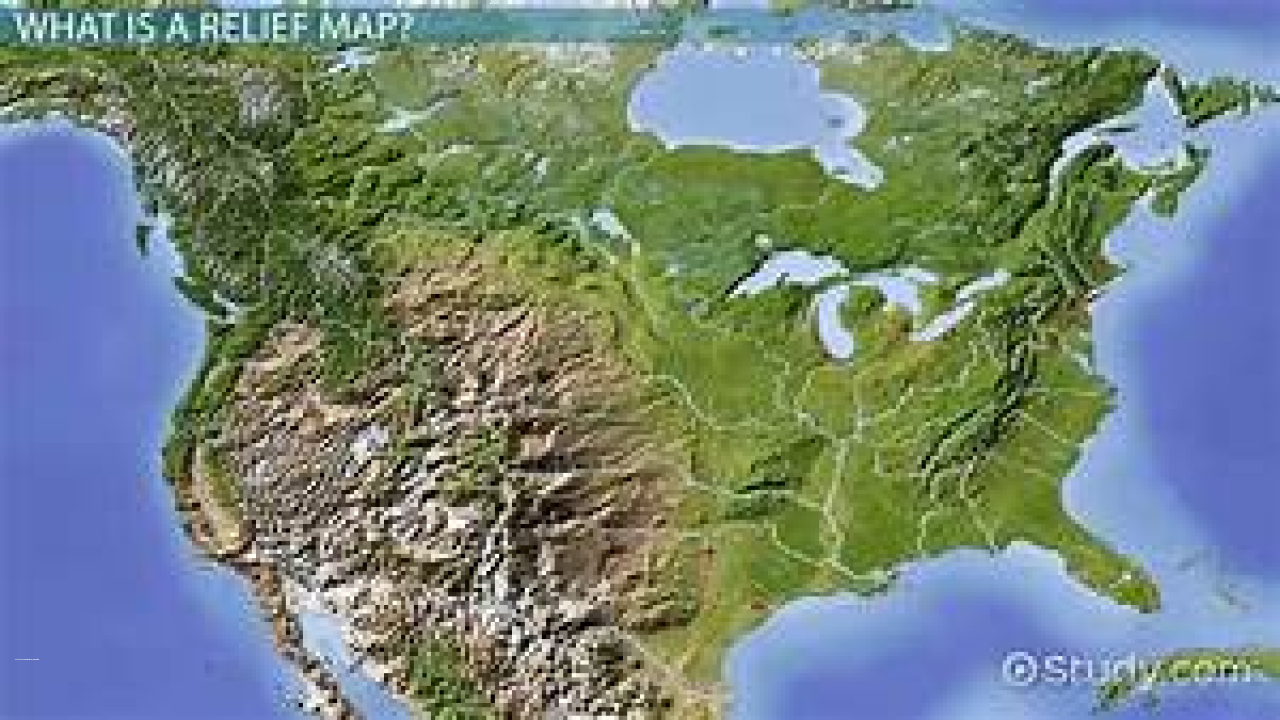Structure and Relief of a Region
The structure and relief of a region are essential components of its physical geography. The geological structure and relief features of a region influence its climate, soils, vegetation, and other natural resources, which in turn affect human activities and development..
Meaning
The structure of a region refers to the geological composition and arrangement of rocks and soil in that area. This includes factors such as the types of rocks, the layers and formations, and the patterns of fault lines and folds. The relief of a region refers to the physical features and landforms of that area, such as hills, mountains, valleys, plains, and plateaus. The structure and relief of a region are closely related and can significantly impact the natural and human landscape of that area.
History
The study of the structure and relief of a region has a long history in geography and geology. Geologists and geographers have been studying the geological structure and physical features of regions for centuries, providing important insights into the natural history of the planet. In recent times, advances in technology and mapping techniques have allowed for more detailed and accurate studies of the structure and relief of regions.
Types
The structure and relief of a region can be classified into several types, including mountains, plateaus, plains, valleys, and coastal regions.
- Mountains: Mountains are high-elevation regions characterized by steep slopes and rugged terrain. They are formed by tectonic movements and volcanic activity and can be found in ranges and chains around the world.
- Plateaus: Plateaus are high-elevation regions characterized by flat or gently sloping terrain. They are formed by geological uplifts and can be found in various forms such as volcanic plateaus, dissected plateaus, and fault-block plateaus.
- Plains: Plains are low-elevation regions characterized by flat or gently sloping terrain. They are formed by deposition of sediment over time and can be found in various forms such as coastal plains, river plains, and desert plains.
- Valleys: Valleys are low-elevation regions characterized by the presence of a river or stream. They are formed by the erosion of the surrounding terrain by the water and can be found in various forms such as V-shaped valleys, U-shaped valleys, and glacial valleys.
- Coastal Regions: Coastal regions are low-elevation regions characterized by their proximity to the ocean. They are formed by the deposition of sediment by the ocean and can be found in various forms such as sandy beaches, rocky cliffs, and coral reefs.
Examples
One example of the structure and relief of a region is the Himalayan mountain range. The Himalayas are the highest mountain range in the world, and their geological structure and relief have played a significant role in shaping the natural and human landscape of the region. The mountains have created distinct climatic zones, which in turn have influenced vegetation and wildlife patterns in the region. The Himalayas also provide important water resources and have shaped human settlements and cultures in the area.
Another example of the structure and relief of a region is the Great Plains in North America. The Great Plains are a vast region of flat or gently sloping terrain, formed by the deposition of sediment over time. The region is an important agricultural area, with fertile soils and a semi-arid climate suitable for growing crops such as wheat and corn. The plains have also played an important role in the history and culture of the region, with native tribes such as the Sioux and the Comanche adapting to the unique landscape and ecology of the area.
Issues
One of the main issues related to the structure and relief of a region is the impact of natural disasters. Regions with high relief features such as mountains and valleys are more susceptible to earthquakes, landslides, and other geological hazards. These natural disasters can cause significant damage to human settlements and infrastructure, and can also disrupt ecosystems and natural resources in the region.
Another issue related to the structure and relief of a region is the impact of climate change. The changing climate can affect the natural processes that shape the relief of a region, such as erosion and sedimentation. It can also lead to more extreme weather events such as floods and droughts, which can impact human settlements and agriculture in the region. Additionally, climate change can cause changes in vegetation patterns and wildlife populations, which can have cascading effects on the entire ecosystem.
Finally, the structure and relief of a region can also play a role in human development and economic activity. Regions with favorable relief features such as fertile plains and access to water resources can support agriculture and other forms of economic activity. On the other hand, regions with challenging relief features such as steep mountains and rocky terrain may be less suitable for human settlements and economic development.


